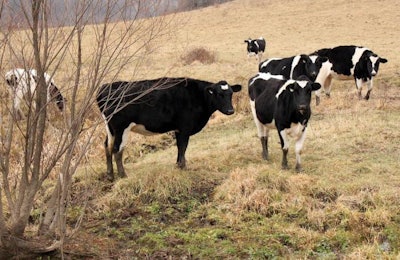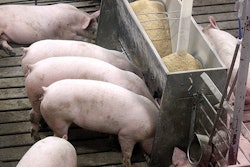
Extreme weather conditions have caused feed shortfalls in several Canadian provinces, which has led to designated regions in British Columbia, Alberta, Saskatchewan, Manitoba, and Quebec being eligible for livestock tax deferral provision.
The government has released an initial list of these designated regions where livestock tax deferral has been authorized for 2018 due to drought or excess moisture conditions.
"This year’s growing conditions across several provinces have brought many challenges to Canadian livestock producers,” said Lawrence MacAulay, Minister of Agriculture and Agri-Food. “The government has prioritized the approval of the Livestock Tax deferral to give farmers more certainty about their financial situation and help them keep their businesses strong, while growing the economy and strengthening the middle class.”
The livestock tax deferral provisions allow livestock producers in prescribed drought, flood or excess moisture regions to defer a portion of their 2018 sale proceeds of breeding livestock until 2019 to help replenish the herd. The cost of replacing the animals in 2019 will offset the deferred income, thereby reducing the tax burden associated with the original sale.
Eligibility for the tax deferral is limited to those producers located inside the designated prescribed areas. Producers in those regions can request the tax deferral when filing their 2018 income tax returns.
Low moisture levels resulted in significant forage shortages for livestock producers in British Columbia, Alberta, Saskatchewan, Manitoba and Quebec in 2018. One option for producers is to reduce their breeding herd in order to manage feed supplies.
In addition to the livestock tax deferral provision, producers have access to assistance through existing Canadian Agricultural Partnership Business Risk Management programs, which include AgriInsurance, AgriStability and AgriInvest.
















